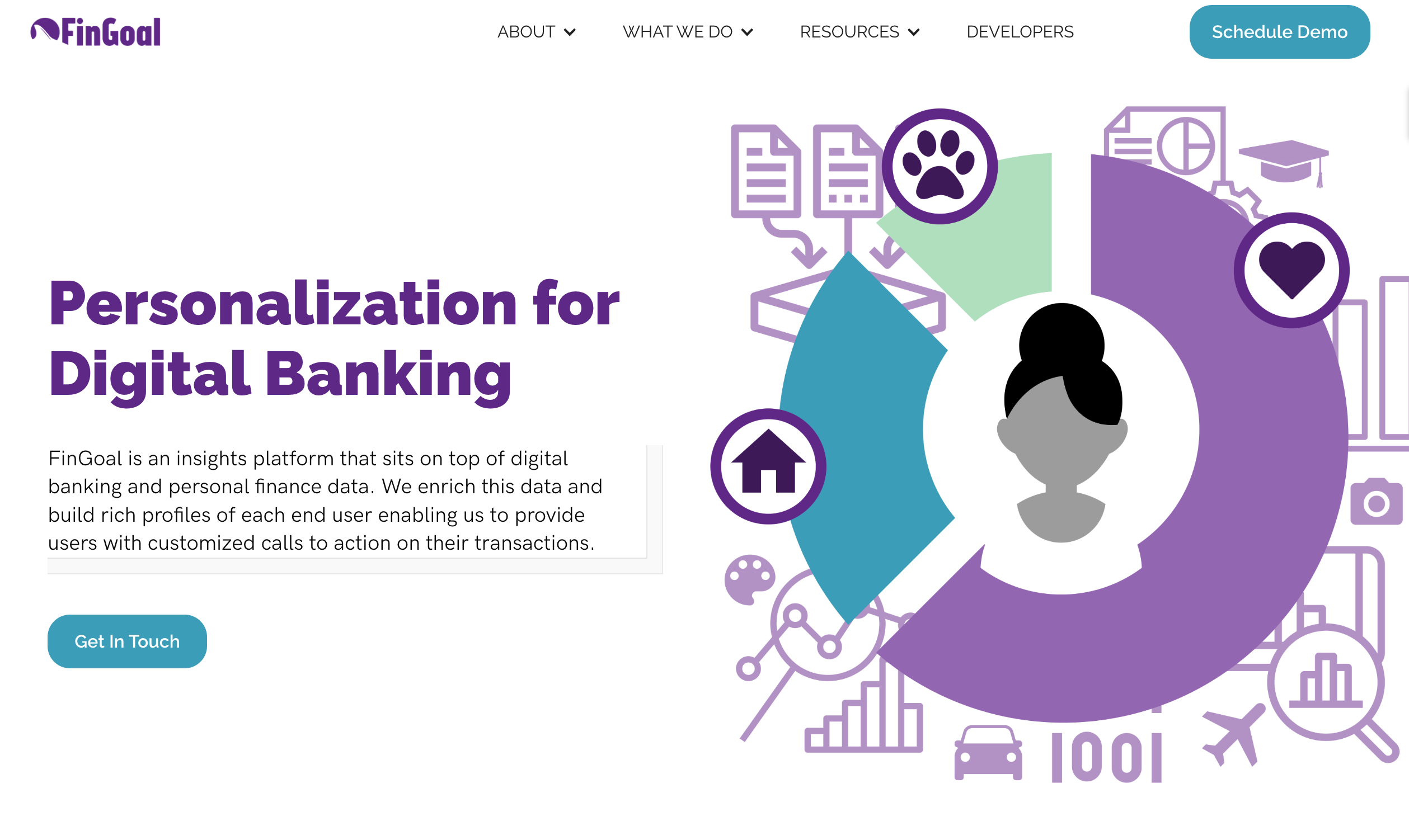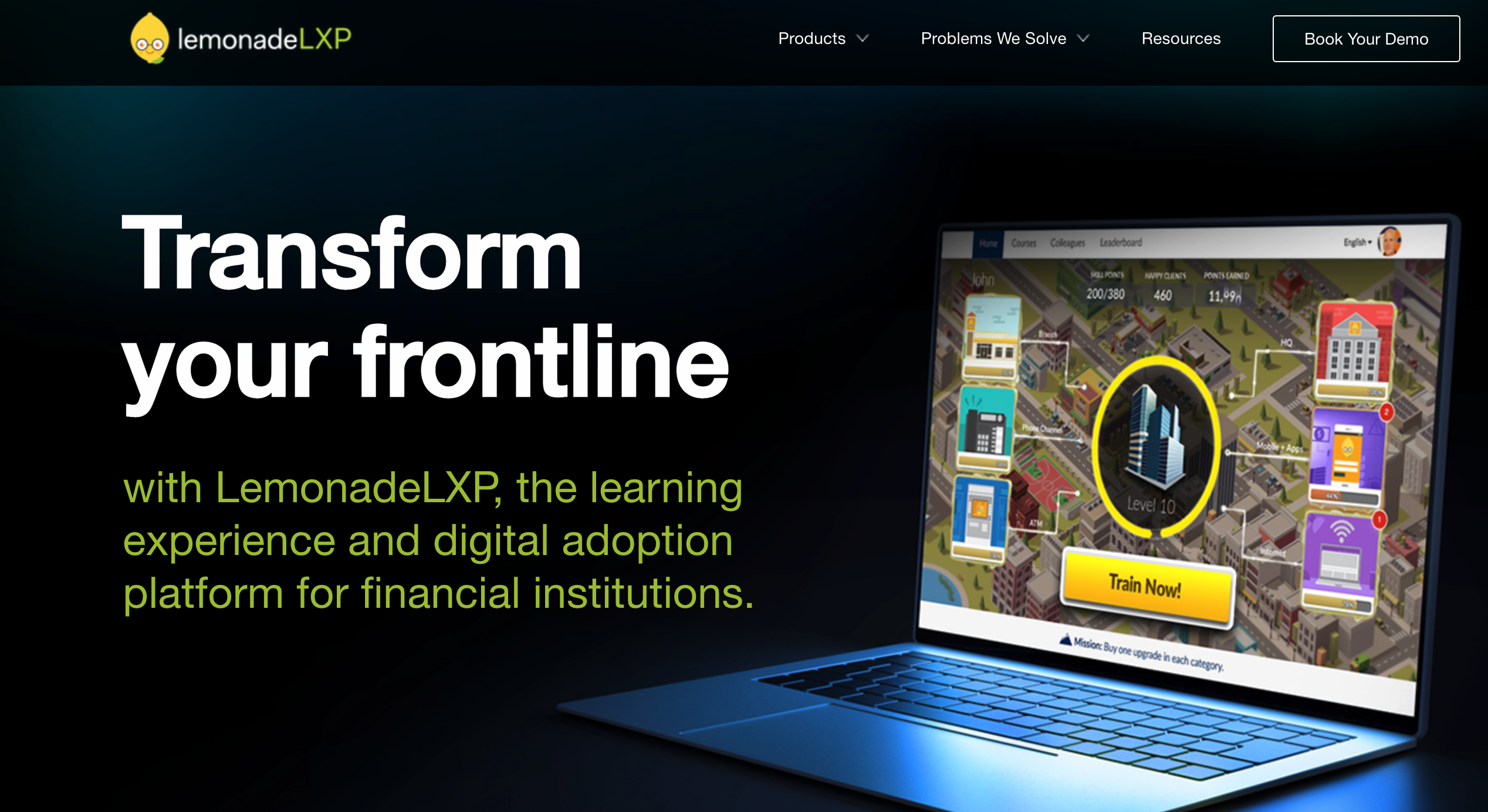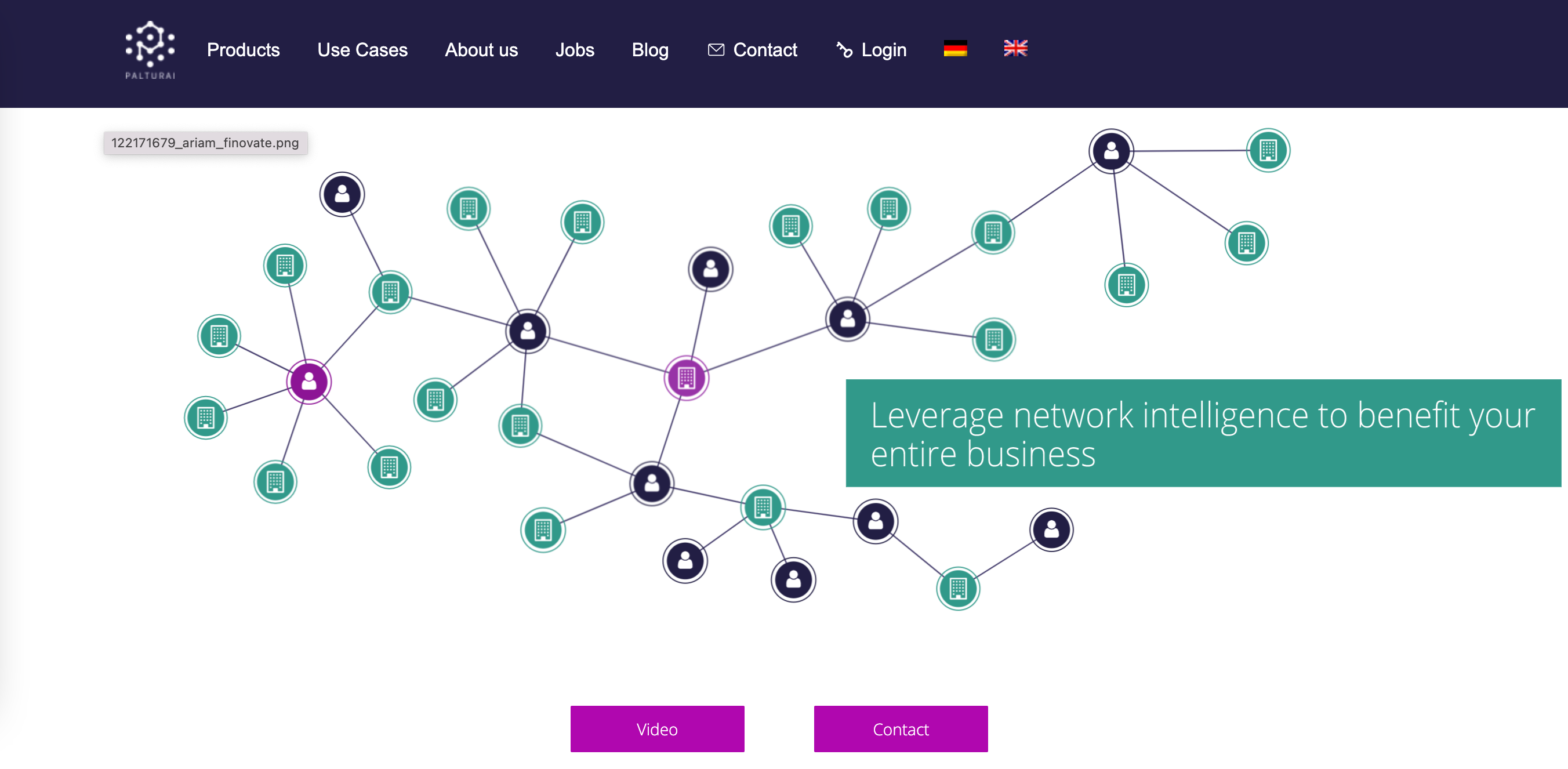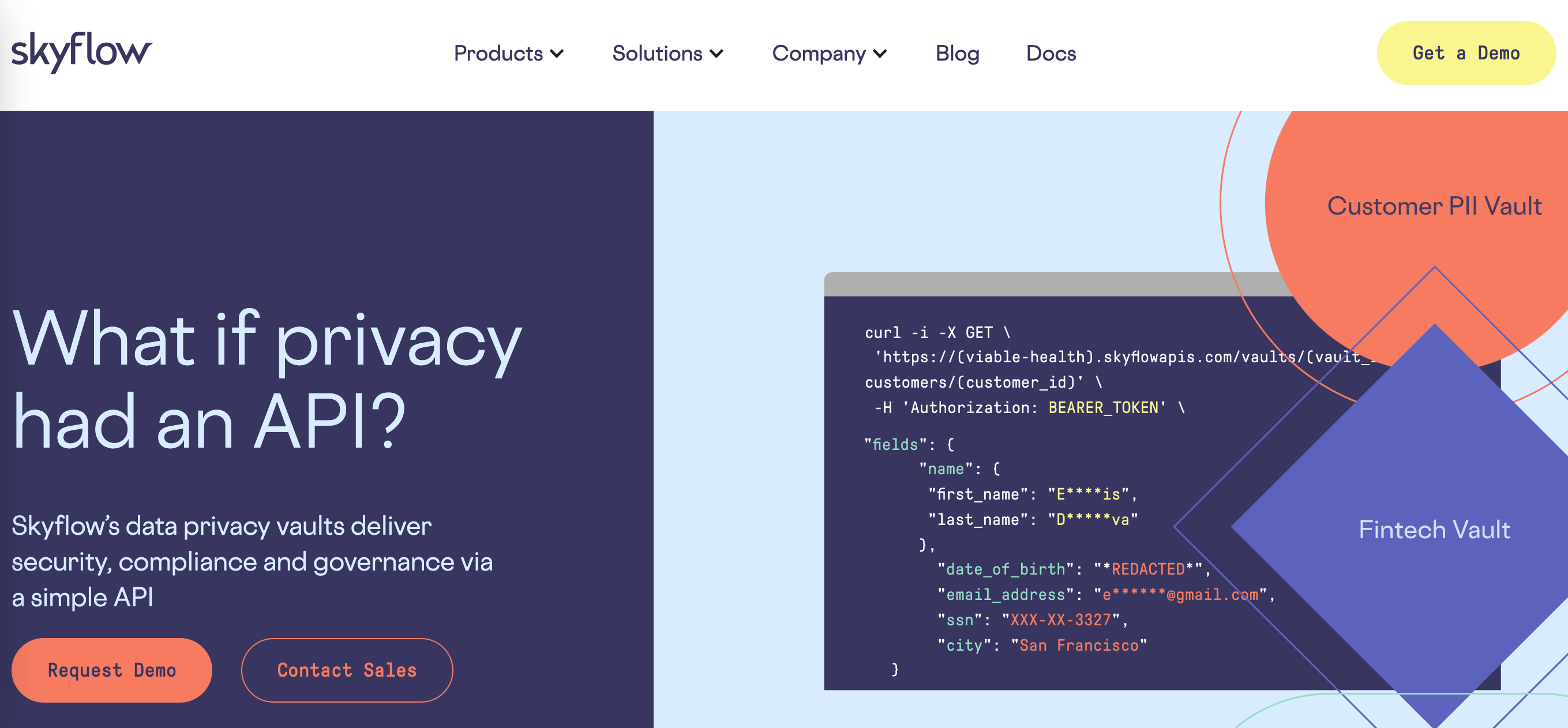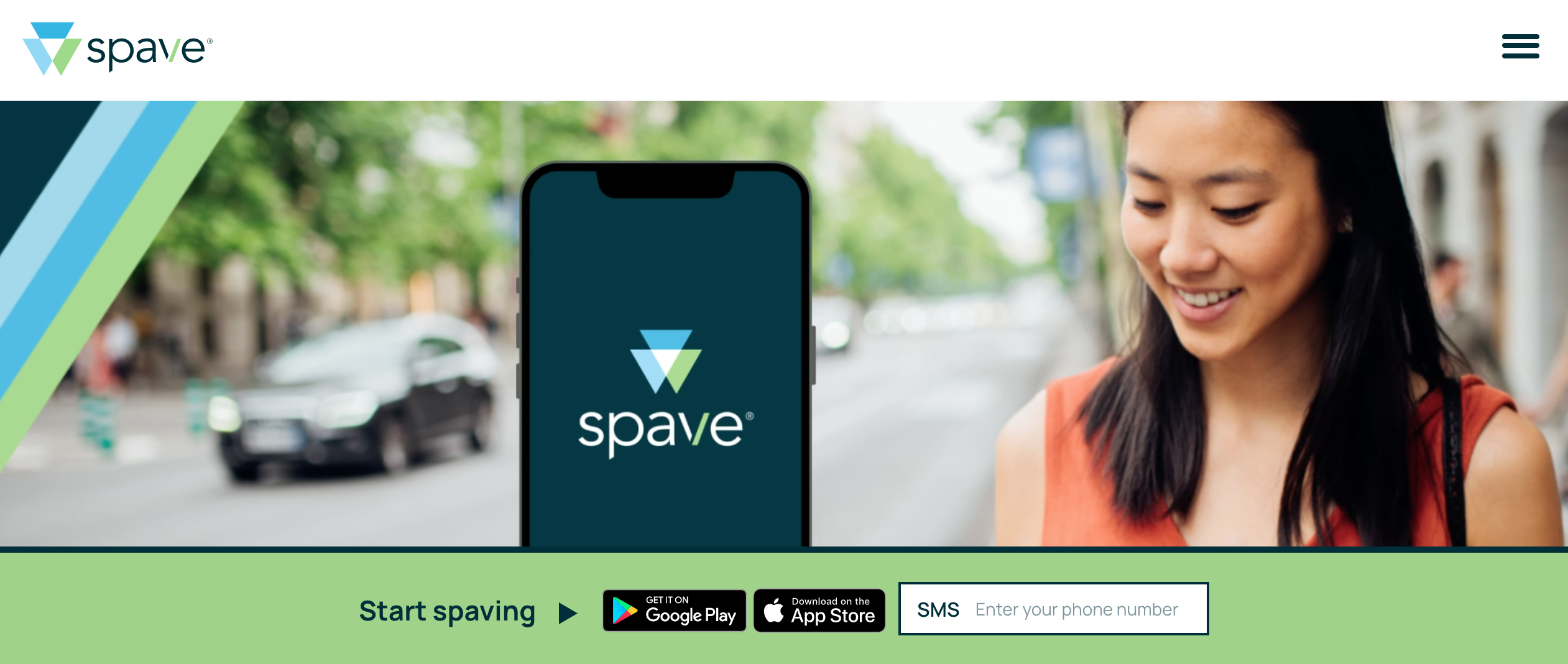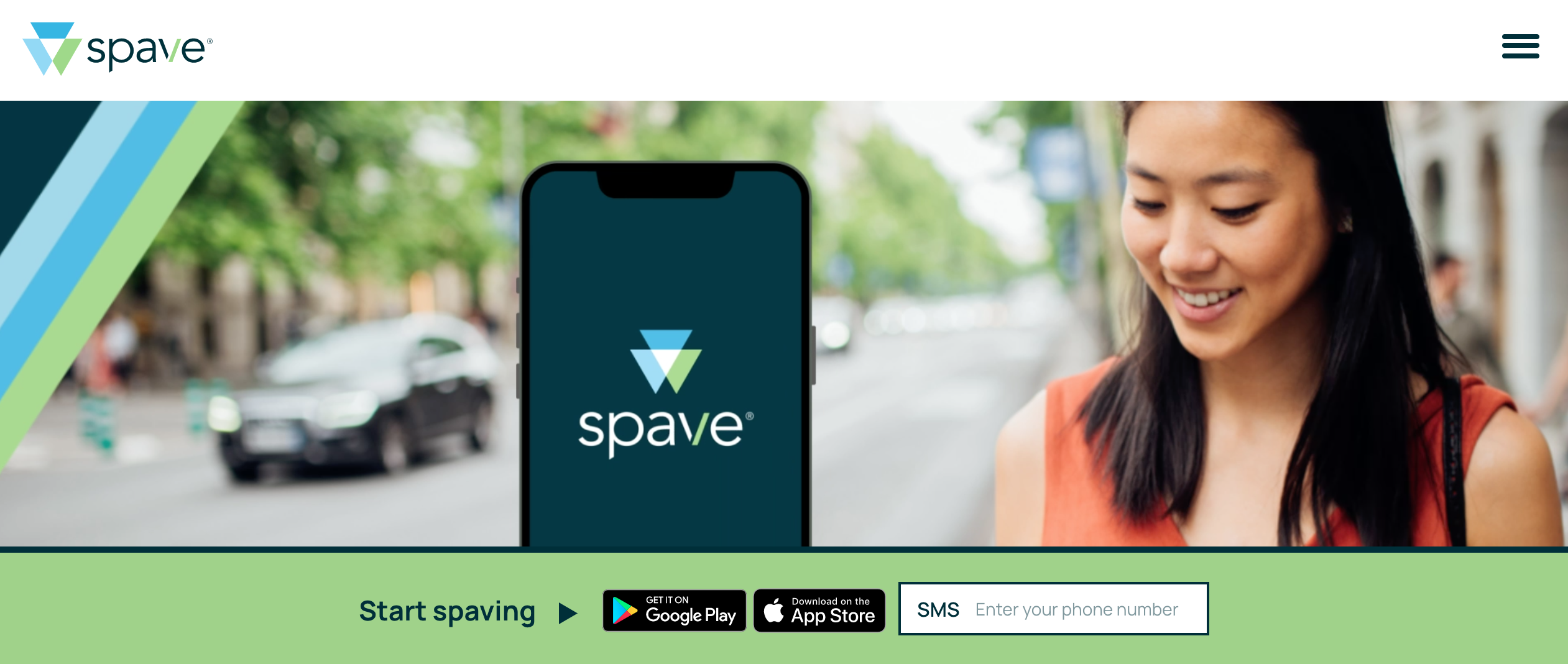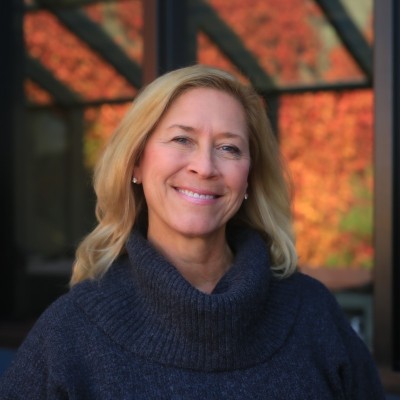
- Arkose Labs launched its new fraud detection solution, Arkose Detect.
- The new offering was formerly an embedded component of the company’s Arkose Protect technology.
- Arkose Labs won Best of Show at its Finovate debut at FinovateSpring 2019.
A new fraud detection solution from Arkose Labs called Arkose Detect will help prevent fraud attacks on consumer accounts as well as help businesses boost revenue by providing legitimate users with a seamless customer experience.
“Every company today is operating in the ‘decision economy,’ which is stimulated and fueled by data,” Arkose Labs Chief Product Officer Ashish Jain said. “We designed Arkose Detect to leverage the collective data from the world’s biggest companies so that those hard-to-suss-out fraud attacks can be easily detected. As fraud is constantly evolving, we have an ambitious product roadmap and will continue to innovate to stay ahead of threats.”
Arkose Detect was previously an embedded component of the company’s dynamic attack response solution, Arkose Protect. Now, in the wake of testing with major international businesses, Arkose Detect is being rolled out as its own product. Arkose Detect leverages AI to force fraudsters and cybercriminals to become increasingly sophisticated in their attacks. This raises the cost of their attacks against businesses defended with Arkose Detect, incentivizing fraudsters to go elsewhere.
Additionally, the new solution gives customers a risk score that allows them to adjust their own fraud models to better detect both automated, malicious bots as well as human-driven fraud attacks. Arkose Labs will also share the fraud data collected and analyzed by Arkose Detect with its customers in order to enable them to enhance their internal fraud prevention processes. Arkose Detect features more than 70 raw risk signals and more than 150 pre-built insights culled from Arkose Labs’ global network.
“In just six years, Arkose Labs has grown to boast a portfolio of category-leading customers across financial services, gaming, travel, ecommerce/retail, social media, and technology industries,” Arkose CEO and founder Kevin Gosschalk said. “And this is just an early chapter in our growth story. Our forecasted trajectory is exciting and attracting attention due to the efficiency of our core technology, on which Arkose Detect is built.”
A Finovate alum since its Best of Show-winning demo at FinovateSpring in 2019, Arkose Labs has since partnered with Bugcrowd to launch a private bug bounty program, introduced the industry’s first warranty against credential stuffing attacks, and unveiled a range of “significant updates” to its fraud detection platform including the development of Arkose Enforce, Arkose Insights, and Arkose Detect.
“The latest product enhancements include detection capabilities which are adapted to a world where attackers are spoofing devices and other identifying information,” Jain said when the updates were announced in October. “Customers also have easier access to the multi-layered risk insights that we use in our machine learning-powered decision engine.”
Headquartered in San Francisco, California, Arkose Labs was founded in 2015. The company has raised more than $106 million in funding from investors including the SoftBank Vision Fund 2, M12 – Microsoft’s Venture Fund, and the Sony Innovation Fund, among others.

